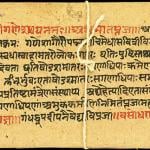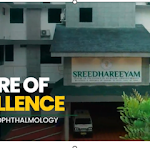It is interesting how somethings affect different people differently… and what can become a trigger for generational change in knowledge and art! Interesting, while Einstein was working on the simultaneity problem from the time perspective.. Picasso was working from the space perspective… two different dimensions and different results!
It was Miller’s research into visual imagery in physics that led him into the world of art. The thread running through his 1996 book Insights of Genius: Imagery and Creativity in Science and Art is that the human mind is the ultimate instrument in both art and science (Physics World August 1997 p51). The book explores the interrelations between intuition, aesthetics, visual imagery and representation, as scientists and artists attempt to "read" nature.
In his most recent book, Einstein, Picasso: Space, Time and the Beauty That Causes Havoc (2001 Basic Books), Miller argues that Poincaré is the link between relativity and Cubism. Both Einstein and Picasso, he claims, were influenced by Poincaré’s non-Euclidean approach to geometry and his speculations on simultaneity – Einstein directly through reading a German translation of Poincaré’s La Science et l’hypothèse,. and Picasso indirectly through a circle of friends and acquaintances known as "la bande à Picasso". Miller’s argument is that Einstein and Picasso were both working on the same problem, the nature of simultaneity – temporal simultaneity for Einstein and spatial simultaneity for Picasso – and that for both of them there were no preferred reference frames in which to view phenomena.
Many historians of art have felt that relativity somehow influenced the development of Cubism, but they have never believed that there was a direct link between the two. What prompted Miller to delve into the topic in such detail? "I always had an interest in art, and Picasso particularly, and Cubism even more particularly," he says. "It seemed to me that there was more science in there than met the eye and had been investigated before. The roots of science are not even in science," he continues, "so why should the roots of Cubism be just in art? Maybe it is, but I really doubt it. There’s too much science in what Picasso was doing."
Miller regards Cubism as a "research programme" in which Picasso, like Einstein, discovered a new aesthetic – the reduction of forms to geometrical representations. This involved simultaneously representing, on a single canvas, many different viewpoints. "That had to have something to do with science," says Miller, "so I looked into it in great detail. I reviewed all the newspapers Picasso had read and looked back into what was going on at that time in literature as well." Although Einstein and Picasso were unaware of each other, the avant-garde movement in the first decade of the 20th century encouraged them both to question the traditional understanding of space and time.
The question of whether Picasso was fluent in French has been much debated in art circles. Many argue that he could barely read a newspaper, let alone study Poincaré’s book, but Miller believes that there may have been more direct links. "What I did was to get the sources that were written as close as possible to 1907, when Picasso painted Les Demoiselles d’Avignon, and put together a story where mathematics really did matter," he says.
Powered by Qumana











